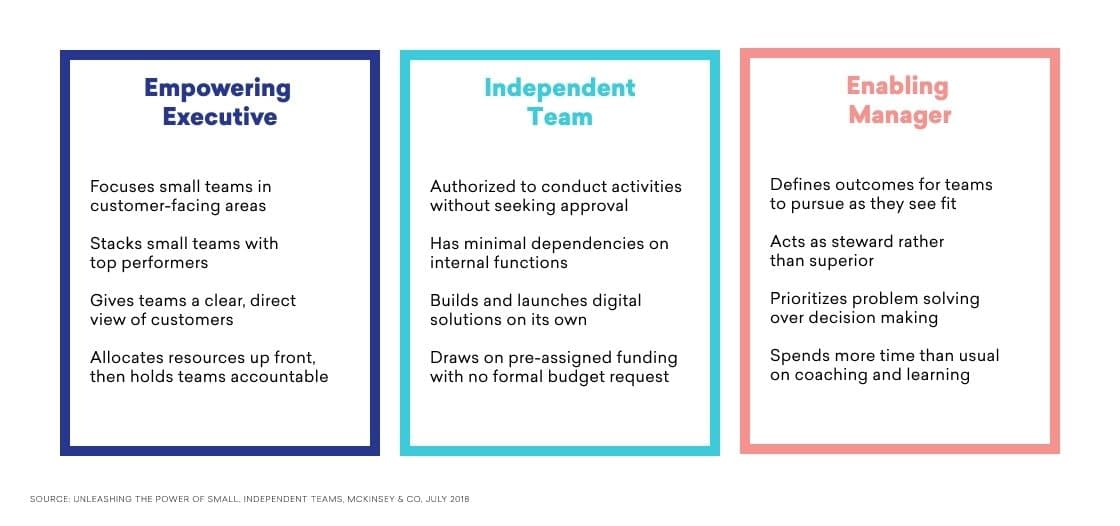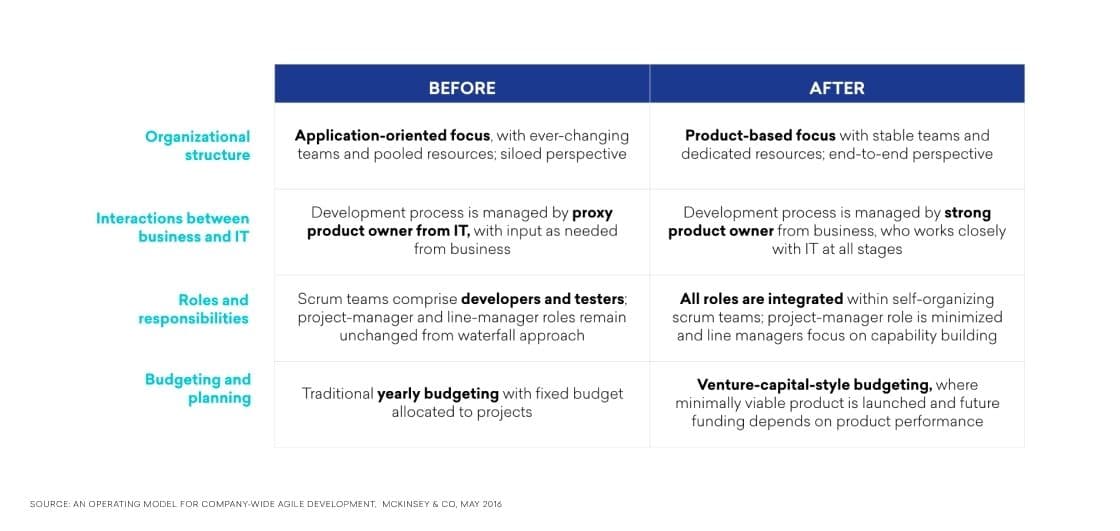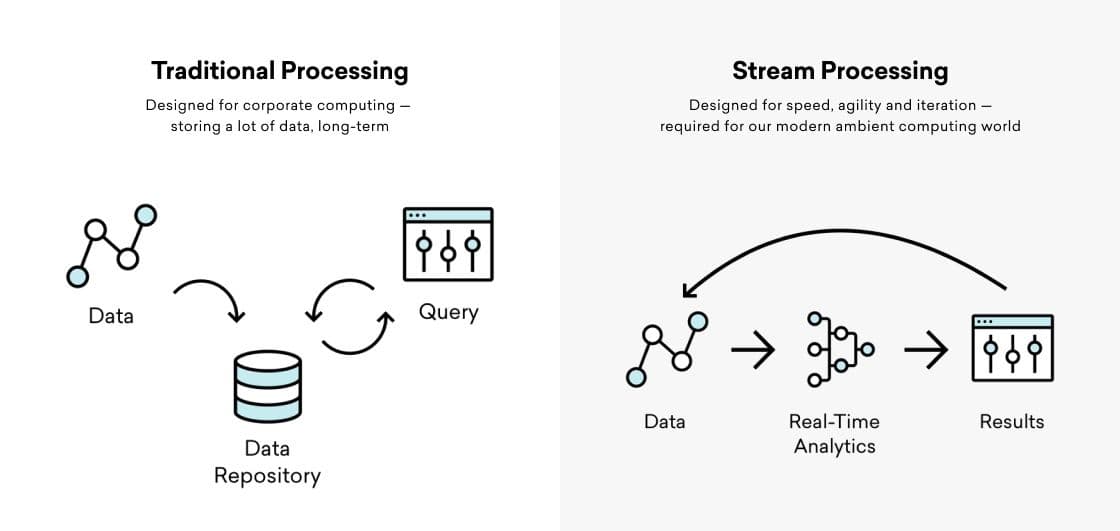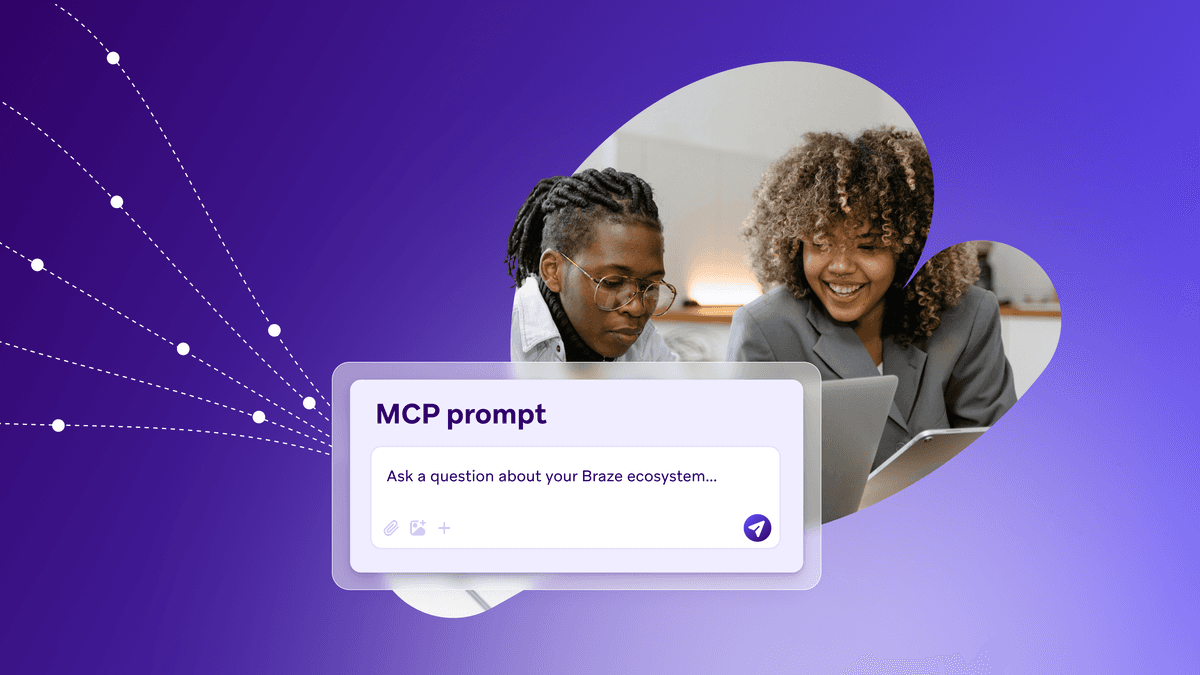Modern Teamwork: How to Assemble and Manage Agile Teams To Support Brilliant Customer Experiences
Published on August 22, 2019/Last edited on August 22, 2019/6 min read

Published on August 22, 2019/Last edited on August 22, 2019/6 min read


Customers are the lifeblood of any company—and building strong customer relationships is one of the most important things you can do to ensure your brand’s long-term success. Those relationships can also have a major impact on your bottom line in the here and now. Customer lifetime value (LTV) has been called “the only metric that matters” by Forbes and the “most significant measure to benchmark” by Entrepreneur.
Companies tend to invest a lot of time and money exploring ways to improve LTV, but there’s one often-overlooked resource that can have a major impact on engagement metrics like LTV: your company’s employees. Employees—and not just those on the front line in customer service—wield a significant influence over each individual customer’s experience of your brand. And those experiences in turn impact whether those members of your audience continue to engage...or end up churning.
“Today’s businesses are operating in a fast-moving world, and that makes smart team building critical for brands,” says Spencer Burke, VP of Growth at Braze. “Having the right people on board—and having structures and processes that allow them to do everything they’re capable of doing—can be transformational for your business.”
A single team member can have a tremendous positive impact on your business; an effective team can have an even bigger one. And once you begin to realize the significance of your employees’ collective efforts—and their potential to be a make or break element of your business’s future—you may find yourself wondering if you’re putting enough focus here.
It’s a question worth pondering. Many brands aren’t. If you come to the conclusion that you’re not doing enough, we’ve got you covered. These six steps are key to reshaping modern teamwork and making brilliant customer experiences possible.
We tend to classify workers as specialists (who have deep knowledge and skills that are highly specialized) or generalists (who work on a wide range of projects, but aren’t focused on a particular subset of them). But that model is neglecting a key player: The versatilist. These workers have the same sorts of in-depth skills that traditionally define specialists, but are able to marry them with the wide scope of responsibilities popularly associated with generalists, setting them up to be a fast-growing part of organizations in the coming years.
So get ahead of the curve and fill your roster with versatile players—those who can be flexible and learn quickly—but don’t skimp on specialized talent when it’s key to a given role or team. Experts have found that the difference in performance between experts and beginners is 8:1 on average and can be as high 1,000:1 in some circumstances.
What does smart hiring look like? Learn from Braze VP of Product Kevin Wang digs into the Braze Product organization’s success taking this kind of approach.

The most important thing you can do here to help empower your teams is to create clear, concrete goals and remove unnecessary red tape that can slow down strong-performing teams and team members. Ultimately, you want each one of your teams to be able to operate independently. If they don’t have clear objectives and support from above, it’s going to be harder for them to find the most effective solutions to the issues they face.

Change can be difficult, especially when it impacts established and sometimes highly personal aspects of the job, such as titles and management structures. But you can’t let those entrenched factors stop you from making necessary changes. Success today depends on a willingness to change your operating model if it’s not serving you—or if it’s setting your company up for failure in the future. Being willing to rethink your org chart can boost innovation by freeing up space to approach problems creatively.
That said, you want to make sure whatever structural changes you make are thoughtful—and that they stick. To get there, start small. Choose a particular team or department that’s well-positioned to adopt new processes and use them as a test case to prove the value of your new approach. At Braze, the Engineering team piloted the adoption of Agile, and its success led other teams—including the Marketing Department—to embrace elements of this approach in their own work.
Value your customers by working to understand the moments that matter the most to them—and to measure them.
It’s common for internal teams to get territorial, to think that the work they’re doing will have the greatest impact...and therefore needs the most resources and attention. Great leaders will address this by breaking down silos between teams and shifting energy away from mine-vs.-yours turf wars in order to get everyone working toward shared goals.
You’re not going to get there all at once. So prioritize creating a learning culture with a focus on incremental gains over time. By trying out different approaches and testing, testing, testing, it's possible to see better results and strong customer relationships day by day and week by week.

The debate on whether to build or buy the technology you need to engage customers can be more or less put to rest. Today’s forward-thinking leaders know what matters most is data architecture and leveraging services that bring in licensed technology for speed and scale. If you’re investing in legacy technologies that were built on batching instead of stream processing, that’s going to make it harder for your teams to do what they’re capable of doing when it comes to data and customer engagement.
Brands today are living in an in-the-moment, technology-driven, mobile-first world—and so are their customers. The old ways of doing things don’t hold up anymore, and responsive, personalized, truly brilliant customer experiences are quickly becoming table stakes. The way we work is evolving by the day, and that means that the way we think about teamwork has to advance as well.
To adapt and thrive—not just get by—leaders need to build great teams who can deliver even greater customer experiences.
Sign up for regular updates from Braze.




